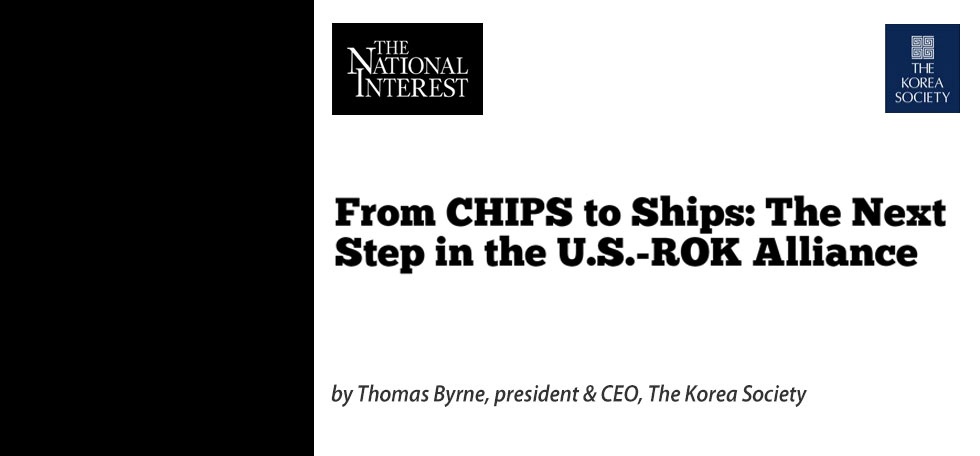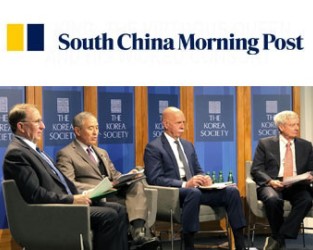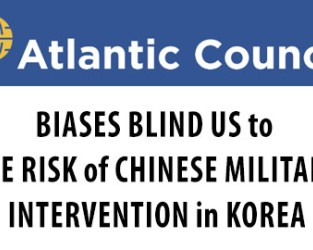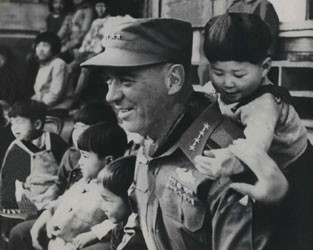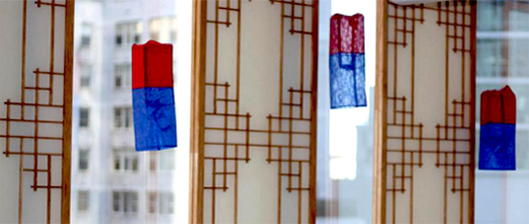![]()
![]()
January 6, 2016
North Korea Nuclear Test
Stephen E. Noerper
On January 6, the DPRK tested what it claimed was a hydrogen bomb and a 5.1 seismic event was detected along the northeast coast, some thirty miles from the site of previous nuclear tests. Earlier, on December 10, Kim Jong Un bragged of North Korea having “a self-reliant A-bomb and H-bomb,” and in his New Year address railed against “invasive outsiders and provocateurs” and promised a “holy war of justice” and new “diversified attack means.”
The Republic of Korea was quick to condemn the test. Seoul noted in its official statement that North Korea’s fourth nuclear test was carried out in flagrant violation of United Nations Security Council resolutions and despite repeated warnings by the Republic of Korea and the international community.
The United Nations roundly condemned the test as well. Secretary General Ban Ki-moon said the underground test is “deeply troubling” and “profoundly destabilizing.” Moreover, the United Nations Security Council—whose members include the United States, China, and Russia—issued a statement strongly condemning the test as a clear violation of four Security Council resolutions and of the non-proliferation regime, and a clear threat to international peace and security. Accordingly, the Security Council stated that it will begin to work immediately on “further significant measures” in a new resolution.
Pyongyang boasted of the test’s “complete” success in advance of Kim Jong Un’s birthday on January 8 and the May party congress, the first in thirty-six years. South Korea cautioned that the yield appeared to be more in-line with the 2013 test, suggesting a possible fission bomb boosted with a small amount of tritium, a radioactive form of hydrogen. The ROK’s National Intelligence Service’s estimate, delivered in a message by a National Assembly member, was a yield of six kilotons of TNT—not the hundreds that would be produced by a successful fusion device, or even the tens expected from an unsuccessful one.
The White House was guarded in its comments, and US and ROK analysts remained cautious, not wanting to underestimate the event and waiting for data that might take several weeks to collect and analyze. DPRK relations with the PRC, which had apparently warmed slightly in recent months, may have been the greatest casualty of the test. China stated that it “strongly opposes this act” and will “firmly push” for Peninsula denuclearization; the test took place only fifty miles from the Chinese border, and Chinese residents expressed concern over fallout. In the end, Kim Jong Un effectively may have pushed Xi Jinping closer to Park Geun-hye and Barack Obama.

